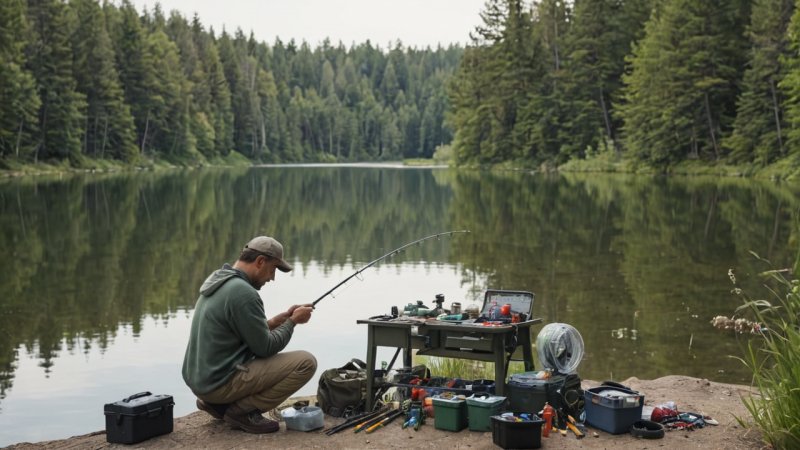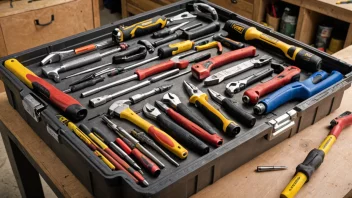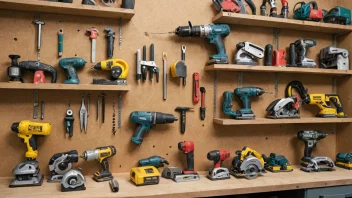Fishing can be an incredibly rewarding hobby, offering relaxation, excitement, and a connection with nature. However, the right gear is essential for a successful outing. This FAQ guide will help you navigate the vast options available, ensuring you choose the right equipment for your fishing adventures.
What are the essential fishing gear components?
The essential components of fishing gear include:
- Rod: A long, flexible stick used to cast your line.
- Reel: A device attached to the rod that winds and stores the fishing line.
- Line: The string used to catch fish, available in various types such as monofilament, braided, and fluorocarbon.
- Hooks: Sharp metal devices used to catch fish.
- Bait: Natural or artificial substances used to attract fish.
- Terminal Tackle: Gear such as sinkers, floats, and swivels that aid in fishing.
How do I choose the right fishing rod?
Choosing the right fishing rod depends on various factors:
- Type of Fishing: Consider if you will be fishing in freshwater or saltwater, and whether you will be shore fishing or boat fishing.
- Length: Longer rods cast further but can be harder to control, while shorter rods offer more precision.
- Action: This refers to how much the rod bends. Fast action rods bend near the tip, while slow action rods bend throughout.
- Material: Graphite rods are lightweight and sensitive, while fiberglass rods are more durable and flexible.
What is the difference between spinning and casting reels?
The main differences between spinning and casting reels are:
- Spinning Reels: Easier to use for beginners, they have an open face and are great for lighter lines and baits.
- Casting Reels: Offer more control and accuracy, but require practice. They are better for heavier lines and larger lures.
How do I select the right fishing line?
Selecting the right fishing line involves considering:
- Type: Monofilament is versatile and easy to handle, fluorocarbon is less visible underwater, and braided line is strong but can be more visible.
- Test Strength: This indicates how much weight the line can handle without breaking. Match the line strength to the type of fish you are targeting.
- Diameter: Thinner lines cast farther and have less visibility but may be less durable.
What type of bait should I use for different fish species?
The type of bait you choose can significantly impact your success:
- Freshwater Fish: Worms, minnows, and artificial lures work well for species like bass and trout.
- Saltwater Fish: Use live bait such as shrimp or squid, or tackle like jigs and plugs for larger species like tuna or marlin.
What accessories should I consider for fishing?
Some useful fishing accessories include:
- Tackle Box: To organize and store your fishing gear.
- Fishing Net: For safely landing fish.
- Polarized Sunglasses: To reduce glare on the water and help you see fish.
- Life Jacket: Essential for safety, especially when fishing from a boat.
How can I care for my fishing gear?
Proper maintenance extends the life of your gear:
- Clean Your Gear: Rinse rods, reels, and lines with fresh water after each use.
- Store Properly: Keep your gear in a cool, dry place and avoid extreme temperatures.
- Inspect Regularly: Check for wear and tear on lines, rods, and reels before each trip.
What are some common fishing mistakes to avoid?
Avoid these mistakes to improve your fishing experience:
- Not Matching Gear to Fish: Always choose gear suited for the species you’re targeting.
- Ignoring Local Regulations: Familiarize yourself with local fishing laws and limits.
- Forgetting to Plan: Research your fishing location and conditions before heading out.
In conclusion, choosing the right fishing gear involves understanding your needs, the type of fishing you’ll be doing, and the species you’re targeting. By considering the components discussed in this guide, you can ensure a successful and enjoyable fishing adventure.






